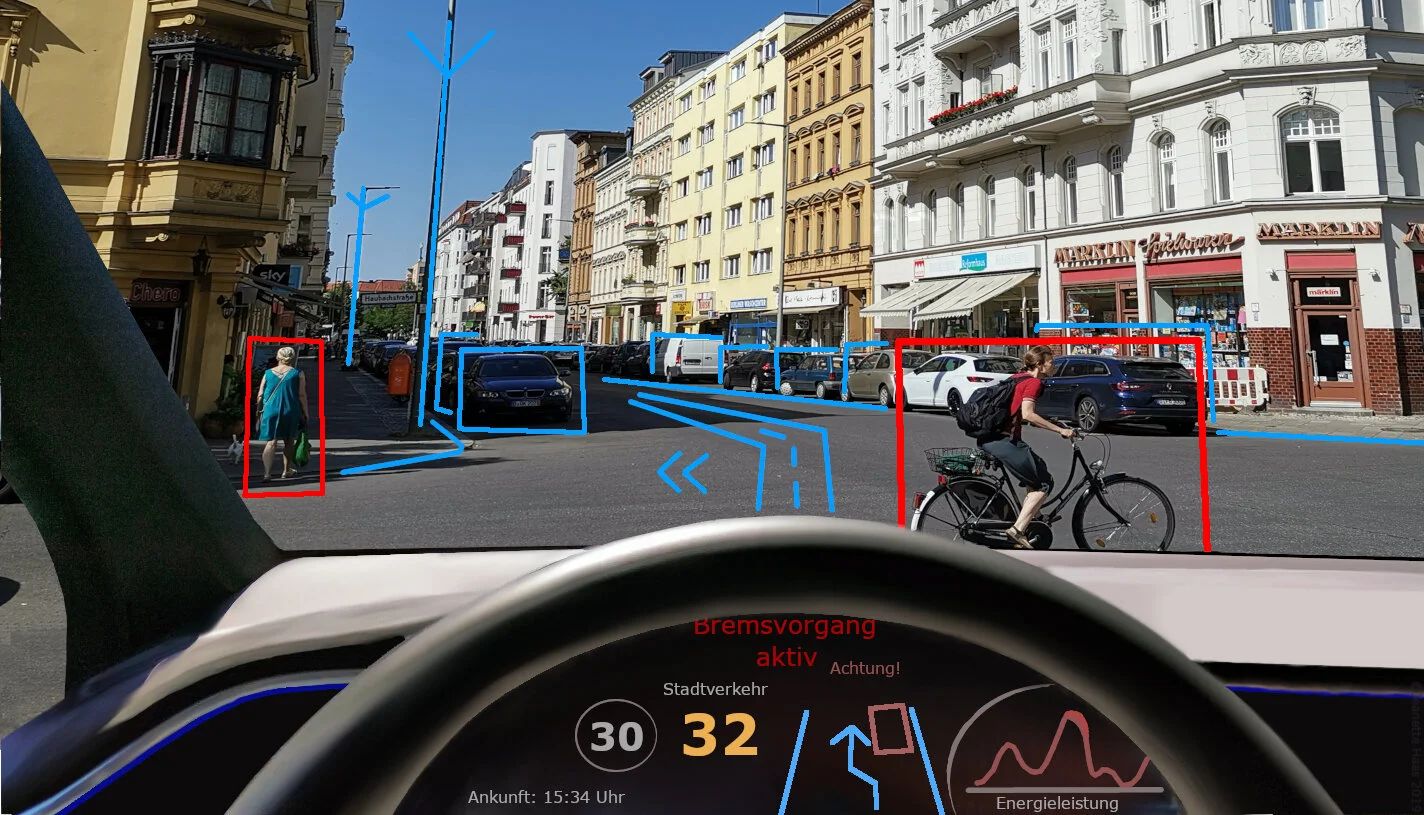
Cars are marvels of engineering, designed to take us wherever we need to go, but they are far from self-sufficient. While regular oil changes and gas fill-ups might feel like second nature for most drivers, a surprising number of critical maintenance tasks often get overlooked. This oversight isn’t just a minor inconvenience; it can lead to significant, costly problems down the road.
The reality is simple: the small things you skip today can turn into big bills tomorrow. Neglecting these tasks doesn’t just hurt your car’s performance; it also compromises your safety and can even impact your car insurance premiums. By staying proactive with your vehicle’s upkeep, you can prevent expensive repairs, enhance safety, and ensure your car runs smoothly for years to come.
We’ve prepared a guide to the most commonly overlooked car maintenance tasks. By understanding how neglecting them drains your wallet and the real-world steps you can take to prevent headaches, you’ll be empowered to keep your vehicle in top condition. Let’s dive into the essential checks that can make a huge difference.
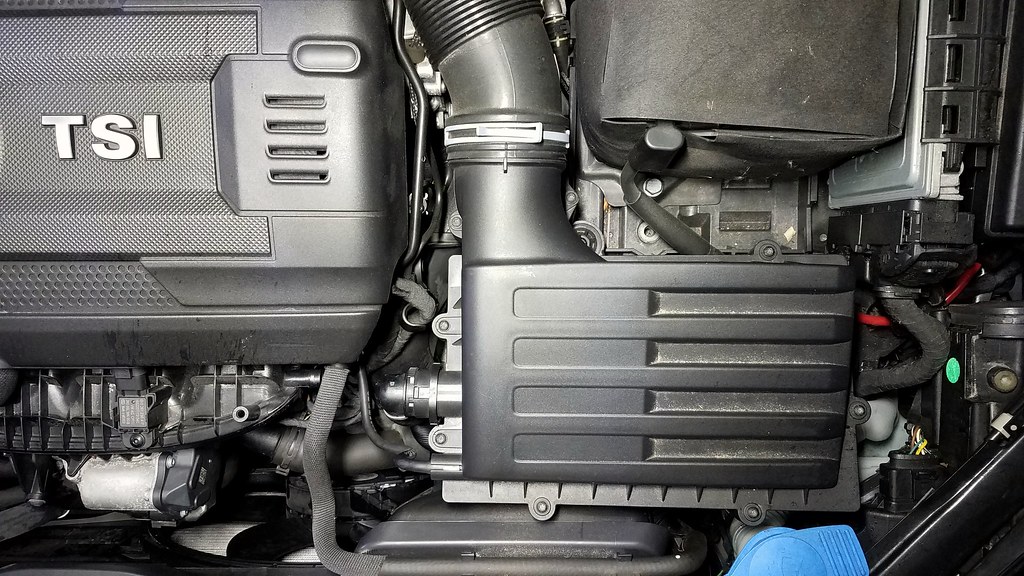
1. **Engine Air Filter**Your car relies on two unsung heroes, and the engine air filter is one of them, working quietly in the background to keep the air clean for your engine. Its primary job is to prevent dust, dirt, and other contaminants from entering the engine, ensuring a clean combustion process and optimal performance. It’s a fundamental component for your engine’s health.
Why does it slip through the cracks? Engine air filters rarely cause immediate, dramatic problems. You won’t get a sudden dashboard warning light or a loud noise to indicate a clog. By the time you notice sluggish performance or reduced fuel economy, the filter is likely already severely restricted, and the damage has begun. A clogged filter chokes airflow, reducing acceleration and fuel economy by up to 10%, according to the context provided.
If ignored, a clogged engine air filter can significantly reduce your car’s performance and fuel efficiency. Over time, this neglect can lead to serious engine damage. In extreme cases, dirt and debris can bypass the filter entirely and enter the engine, causing long-term wear that can result in costly repairs, potentially running into the thousands of dollars. The Car Care Council recommends checking and replacing the air filter every 12,000 to 15,000 miles.
Smart maintenance for your engine air filter is straightforward. Swap it every 12,000 to 15,000 miles, or even sooner if you frequently drive in dusty areas. This simple, affordable task ensures your engine breathes properly, maintains optimal horsepower, reduces emissions, and helps you avoid significant future expenses, making it a cornerstone of efficient vehicle operation.
Read more about: Unlock Your Echo’s Hidden Powers: 15 Game-Changing Features 15 Out of 20 Users Miss!

2. **Cabin Air Filter**The cabin air filter is another vital, yet often forgotten, component that directly impacts your driving experience. Its purpose is to keep the air inside your car clean and free of pollutants, dust, pollen, and other allergens. This not only makes your ride more comfortable but also protects your vehicle’s HVAC (heating, ventilation, and air conditioning) system.
A clogged cabin air filter can reduce airflow through your HVAC system, leading to unpleasant odors and a noticeable decrease in air quality inside your vehicle. It can also strain the blower motor, forcing it to work harder to push air through the dirty filter. This increased strain can shorten the blower motor’s lifespan, potentially leading to hundreds of dollars in repair bills that could have been easily avoided.
The American Automobile Association (AAA) recommends replacing the cabin air filter every 15,000 to 30,000 miles. However, this interval can vary based on your driving environment. If you frequently drive in urban areas with high pollution or dusty rural roads, you might need to change it more often. The filter’s decline is often gradual, which makes it easy to overlook until the air quality significantly worsens or the fan struggles.
Regularly checking and replacing your cabin air filter is a simple, proactive step that ensures you and your passengers breathe cleaner air. It also helps maintain the efficiency and longevity of your car’s HVAC system, preventing costly repairs to components like the blower motor. Make it a habit to replace it whenever airflow weakens or those tell-tale musty odors develop, contributing to a much more pleasant driving environment.
Read more about: Unearthing Hidden Performance: 14 Underrated Sports Cars That Defy Expectations for Today’s Performance Seekers
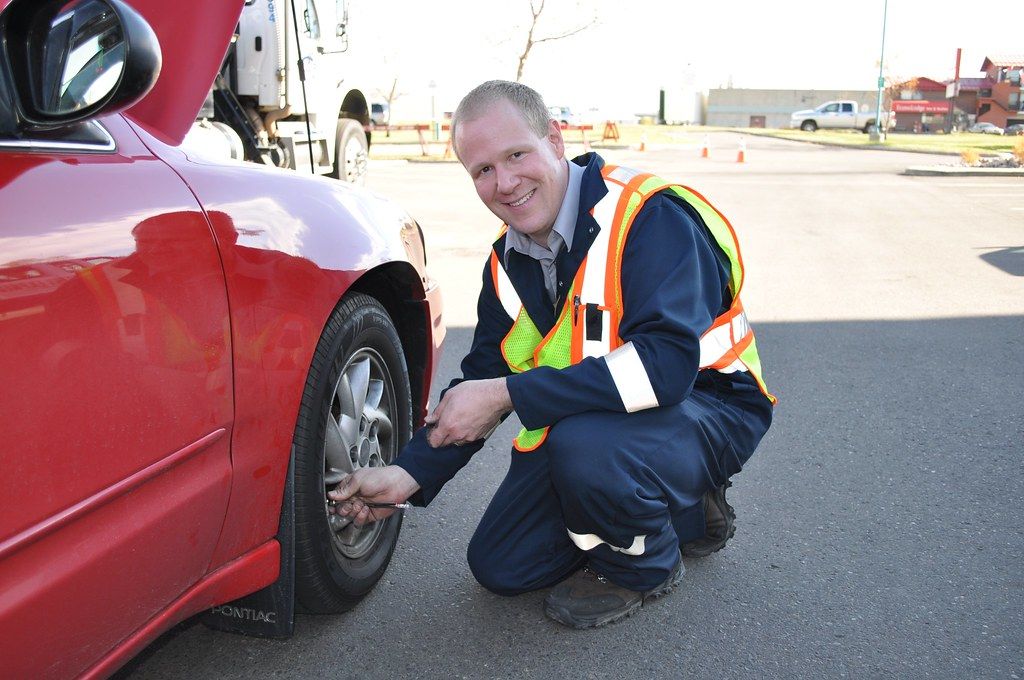
3. **Tire Pressure Check**Your tires are the sole point of contact between your car and the road, making proper tire maintenance absolutely crucial for both safety and fuel efficiency. Maintaining correct tire pressure is one of the easiest, yet most neglected, tasks. It significantly impacts handling, braking, and overall tire lifespan, directly influencing your driving safety.
Underinflated tires are a double risk. They increase rolling resistance, which wastes fuel and causes the tires to wear unevenly and prematurely. More alarmingly, underinflated tires can lead to blowouts, which are extremely dangerous. According to the National Highway Traffic Safety Administration (NHTSA), underinflated tires contribute to 11,000 accidents annually, highlighting the severe safety implications of neglect.
Conversely, overinflated tires reduce grip and cause the center tread to wear faster, compromising handling and safety. The neglect cost for improper tire pressure includes premature tire replacement, which can run $100–$200 per tire, worse fuel economy, and a higher risk of dangerous blowouts. These costs and risks are entirely avoidable with routine attention.
To avoid these issues, make checking your tire pressure a monthly habit, and always do so before embarking on long trips. Use the PSI (pounds per square inch) listed in your car’s door jamb or owner’s manual—never the maximum pressure printed on the tire sidewall. This simple, free check ensures optimal fuel economy, extends tire life, and, most importantly, keeps you safer on the road, preventing costly accidents and replacements.
Read more about: Consumer Alert: The 14 Costly Dealer Add-Ons to Avoid at the Car Dealership

4. **Tire Rotation and Balancing**Beyond maintaining proper pressure, regular tire rotation and balancing are foundational aspects of comprehensive tire care. Tires naturally wear unevenly due to the different stresses placed on them by steering, braking, and acceleration. Rotating them systematically spreads this wear evenly across all four tires, while balancing ensures a smooth ride and prevents premature tread wear.
Skipping these essential services can lead to significant problems. Tires that are not rotated regularly will wear out thousands of miles sooner than expected, forcing you into early and expensive replacements. Furthermore, an unbalanced tire can cause vibrations that not only make your ride uncomfortable but can also lead to premature wear on suspension components, adding another layer of costly repairs.
The context emphasizes that by staying on top of tire rotation, you’ll not only extend the life of your tires but also keep your car handling better and safer on the road. This preventative measure directly contributes to optimizing your vehicle’s performance and reducing long-term ownership costs, making it a smart investment in your car’s health and your wallet.
The routine for tire rotation and balancing is fairly straightforward: aim to have them rotated and balanced every 5,000 to 7,500 miles. This often aligns conveniently with every other oil change, making it easy to incorporate into your regular maintenance schedule. This small investment of time and money can save you hundreds on tire replacements and prevent more serious, expensive suspension issues down the line, ensuring a smoother, safer drive.
Read more about: Don’t Get Robbed at the Auto Shop: 15 Overpriced Car Repairs You Can Avoid or DIY
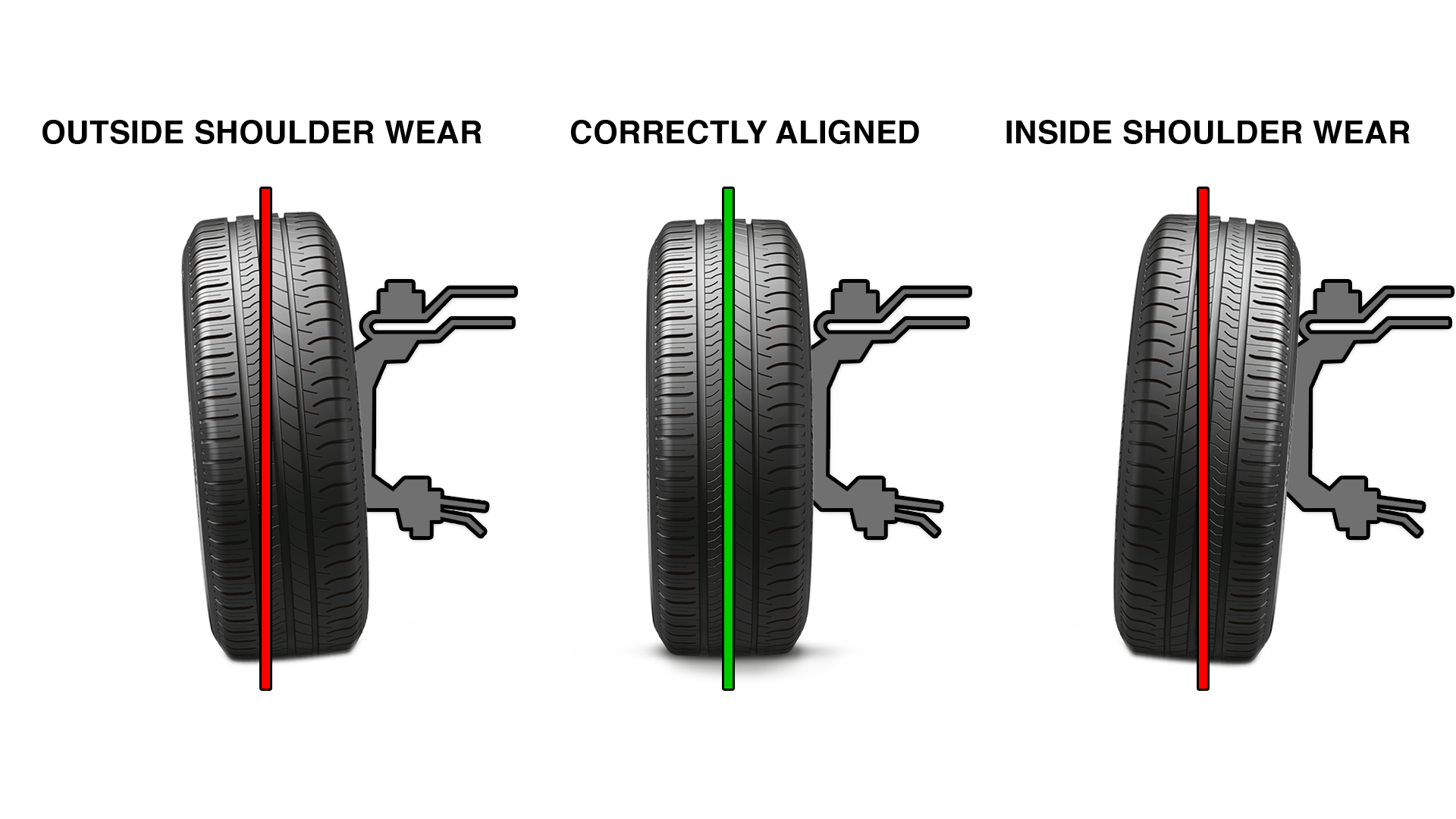
5. **Wheel Alignment**Just like your posture affects your body, your car’s wheel alignment affects its overall health and how it interacts with the road. Proper wheel alignment ensures that your tires are positioned correctly relative to each other and to the road. This precision is critical for even tire wear, predictable handling, and maximizing fuel efficiency, forming a cornerstone of safe and economical driving.
Hitting potholes, bumping curbs, or even normal wear and tear can nudge your wheels out of alignment. When this happens, it slowly starts to eat away at your tires unevenly and negatively impacts fuel economy. The NHTSA reports that misalignment contributes to a significant number of tire-related accidents, underscoring the safety risks involved. If left unchecked, misaligned wheels can cause your car to pull to one side, requiring constant steering corrections and making the vehicle difficult and potentially dangerous to control.
Beyond uneven tire wear and poor handling, chronic misalignment can lead to more serious issues, including suspension damage and an increased risk of accidents. The cost of neglecting alignment can be steep, leading to premature tire replacement (which, as discussed, is $100-$200 per tire), poor handling that increases accident risk, and extra fuel consumption, potentially making your car up to 10% less efficient.
To keep your car running straight and true, get an alignment check every 6,000 miles or at least once a year. It’s also wise to have it checked immediately if you notice your car pulling to one side, uneven tire wear, or if you’ve recently had an impact with a significant pothole or curb. Fixing alignment issues quickly can save you hundreds on tire replacements and prevent much costlier suspension repairs, ensuring a safer and more economical ride.
It’s clear that staying on top of the basics we’ve just covered is foundational. However, the journey to a truly well-maintained vehicle doesn’t stop there. Beyond filters and tire care, there are five more essential yet commonly neglected car maintenance tasks. If overlooked, these can quickly escalate from minor annoyances to major financial headaches and, critically, compromise your safety. Let’s dive deeper into these often-missed services for a smoother, safer drive.
Read more about: A Financial Black Hole: 13 Sedans Experts Say Drain Your Bank Account After the First Year
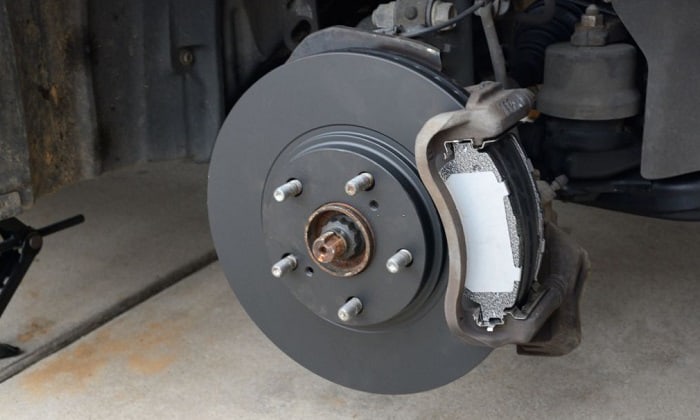
6. **Brake Fluid Flush**Your car’s brakes are arguably its most vital safety system, and while many drivers are diligent about checking pads and rotors, the fluid that makes them work often goes ignored. Brake fluid is a hydraulic fluid that transfers the force from your foot on the pedal to the calipers, which then squeeze the brake pads against the rotors, bringing your vehicle to a stop. Its effectiveness is paramount for responsive and reliable braking power.
Why does this crucial fluid get forgotten? Over time, brake fluid, by its very nature, absorbs moisture from the air. This moisture dilutes the fluid, lowers its boiling point, and can introduce rust into the braking system. Unlike engine oil, which changes color dramatically, brake fluid degradation is often subtle, leading drivers to believe it’s still performing adequately until a problem arises.
When contaminated or degraded, brake fluid begins to weaken your braking power. You might notice a spongy feeling in the pedal or a general reduction in stopping effectiveness, especially under hard braking or prolonged use, such as driving down a long hill. Internally, this moisture can cause corrosion within the brake lines, calipers, and master cylinder—components that are far more expensive to repair or replace than a simple fluid flush.
The consequences of ignoring a brake fluid flush can be severe. Corrosion within the system can lead to leaks, premature component failure, and, most dangerously, a complete loss of braking power. The context warns that “corrosion can damage calipers and lines, and spongy brakes increase accident risk.” A catastrophic brake failure could lead to an accident, endangering lives and incurring immense financial costs.
To avoid these serious risks, make flushing and replacing your brake fluid a routine part of your car’s upkeep. The experts recommend flushing your brake fluid every 30,000 miles or every two years, whichever comes first. This proactive step helps ensure your brakes remain in top shape, perform optimally, and keep you and your passengers safe on every journey, saving you from much costlier repairs down the road.
Read more about: Don’t Get Robbed at the Auto Shop: 15 Overpriced Car Repairs You Can Avoid or DIY

7. **Transmission Fluid**While your engine might be the heart of your car, the transmission is undeniably its circulatory system, and transmission fluid is its lifeblood. This specialized fluid serves multiple critical functions: it lubricates moving parts, cools the transmission to prevent overheating, cleans components, and transmits power to facilitate smooth gear shifts. Without clean, adequate transmission fluid, your car simply cannot move efficiently, or sometimes at all.
Despite its indispensable role, transmission fluid changes are frequently overlooked by drivers. Many assume it’s a “lifetime” fluid, or they simply don’t realize its importance until shifting problems begin to emerge. The fluid degrades over time from heat, friction, and contaminants, losing its lubricating and cooling properties. Its deterioration is often gradual, making it easy to ignore the subtle signs of decline until symptoms become more pronounced.
The initial signs of old or dirty transmission fluid can include hesitant or rough shifting, slipping gears, or even strange noises coming from the transmission. As the fluid continues to degrade, it can cause severe internal damage to the transmission’s intricate components. The context explicitly states, “contaminated or low fluid leads to poor shifting and eventual transmission failure.” These early warnings are your car’s way of crying out for attention before a complete breakdown.
Neglecting regular transmission fluid changes can lead to devastating, expensive consequences. Overheating, caused by ineffective cooling, can warp metal components, burn clutch packs, and destroy torque converters. The result is often complete transmission failure, necessitating repairs in the “($2,000–$4,000 repair)” range, as noted in the context. This is one of the most financially draining repairs, entirely preventable with timely maintenance.
To prevent this costly catastrophe, it’s crucial to adhere to recommended transmission fluid change schedules. For manual transmissions, the Automatic Transmission Rebuilders Association (ATRA) suggests changing the fluid every 30,000 to 60,000 miles. Automatic transmissions can typically go longer, often between 60,000 to 100,000 miles, but checking your owner’s manual for specific recommendations is always best. Proactive fluid maintenance ensures smooth gear shifts, prolongs the life of your transmission, and ultimately saves you thousands in potential repair bills.
Read more about: Beyond Self-Parking: Unveiling 12 Transformative Futuristic Car Features That Will Revolutionize City Driving
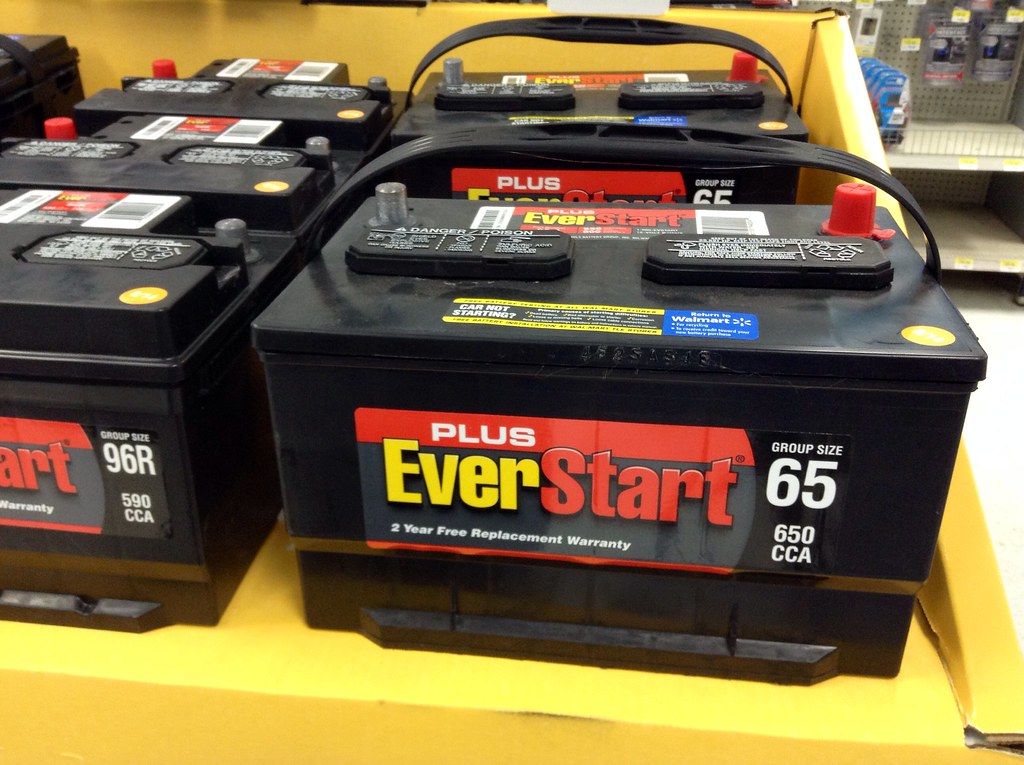
8. **Battery Testing**Your car battery is the unsung hero that brings your vehicle to life every time you turn the key or press the start button. It provides the initial jolt of electricity to crank the engine, and then powers all your vehicle’s essential electrical systems, from the ignition and headlights to your infotainment system, power windows, and even the horn. It’s a silent workhorse, until it isn’t.
Many drivers take their battery for granted until the inevitable morning it fails, leaving them stranded. Batteries typically last “three to five years,” but factors like extreme temperatures, frequent short trips, and driving habits can significantly shorten their lifespan. The gradual nature of battery degradation means there are often no dramatic warning signs until it’s too late, and you’re left facing unexpected towing costs and a disrupted schedule.
Beyond the inconvenience of a dead battery, a weak or failing battery can have wider implications for your car’s electrical system. It can put undue strain on the alternator, forcing it to work harder to compensate, potentially shortening its life. Over time, inadequate voltage can also cause issues with various electronic components, leading to a cascade of problems that are much harder and costlier to diagnose and fix than a simple battery replacement.
The financial hit from a neglected battery extends beyond just the cost of a new one. A “dead battery” can easily lead to “towing ($100–$200) and replacement ($100–$300)” according to the context. A consistently undercharged or failing battery can also “damage your car’s electrical system,” potentially leading to more complex and expensive repairs down the line.
To ensure reliable starts and protect your electrical system, regular battery testing is a smart move. The AAA “recommends testing your battery annually and replacing it if it’s weak or more than three years old.” It’s also wise to inspect your battery at least twice a year or every 6,000 miles, especially before winter. Keeping terminals clean, ensuring it’s securely mounted, and taking longer drives periodically can extend its life, making proactive battery care a small effort with significant returns.
Read more about: The 7 Top-Rated Fitness Trackers with Week-Long Battery Life: Your Comprehensive Buying Guide for 2025

9. **Wiper Blade Replacement**When it comes to vehicle safety, clear visibility is non-negotiable, yet the humble wiper blades are often neglected until they fail during a crucial moment. These seemingly simple components are your first line of defense against impaired vision during rain, snow, or even just heavy road spray. Their ability to effectively clear your windshield directly impacts your reaction time and overall road safety.
Worn or damaged wiper blades can turn a minor drizzle into a dangerous driving scenario. Instead of cleanly sweeping water away, they can leave streaks, smears, or large uncleared areas, severely impairing your view of the road, traffic, and potential hazards. Beyond reducing visibility, worn blades can also scratch your windshield over time, creating permanent imperfections that can refract light and necessitate a far more expensive windshield replacement.
The National Highway Traffic Safety Administration (NHTSA) underscores this severity, reporting that “poor visibility is a factor in 17% of car accidents.” This statistic highlights why ignoring worn wiper blades isn’t just an inconvenience—it’s a significant safety risk with devastating consequences. The cost of neglect for wiper blade replacement is minimal, often in the “$20–$50” range.
Proactive wiper blade replacement is one of the easiest and most affordable ways to dramatically enhance your driving safety. Experts advise replacing your wiper blades every “six to twelve months” or at the first sign of streaking, skipping, or chattering. In regions with harsh winters, more frequent replacement is often necessary. Don’t forget to check your rear window wiper if your vehicle has one—it’s just as important for maintaining full situational awareness.
Read more about: Beyond the Garage: 12 Critical Signs Your Old Car is Telling You It’s Time for a New One
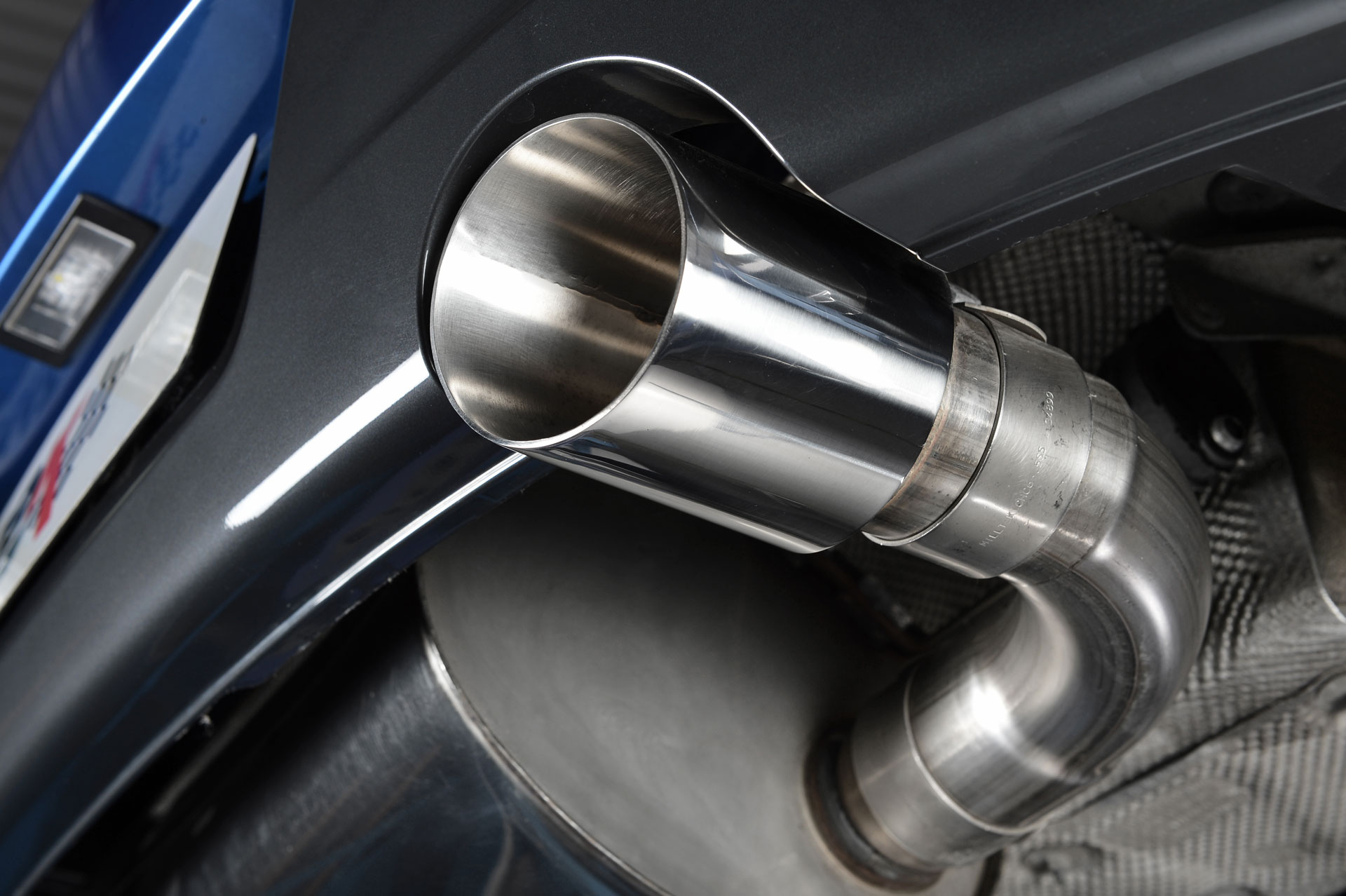
10. **Exhaust System Inspection**Often out of sight and out of mind, your car’s exhaust system plays a critical, multifaceted role in both environmental protection and engine performance. It’s responsible for channeling harmful exhaust gases away from the cabin, reducing engine noise, and, crucially, converting pollutants into less harmful substances before they are released into the atmosphere. A healthy exhaust system is key to a healthy engine and a cleaner environment.
When the exhaust system is compromised, either through leaks, corrosion, or damage, its efficiency rapidly declines. Common signs of an issue include unusual noises, like hissing, rattling, or roaring, a noticeable decrease in engine performance, or even a persistent smell of exhaust fumes within the cabin. These indicators should never be ignored, as they point to potential issues that are silently harming your vehicle and potentially your health.
The consequences of a neglected exhaust system can range from annoying to extremely hazardous and costly. A damaged catalytic converter, for instance, can cause your engine to overheat. The context highlights that “if left unchecked, this overheating can cause the engine to fail or even create a fire hazard, which could result in an accident.” Beyond safety, a faulty exhaust can lead to “failed emissions tests, higher fuel use, and $500–$2,000 in repairs.”
Furthermore, a compromised exhaust system means your vehicle is releasing more harmful pollutants into the air, contributing to environmental degradation. The Environmental Protection Agency (EPA) advises “inspecting the exhaust system annually to ensure it meets emission standards and functions properly.” Skipping this inspection can result in fines for failing emissions tests and increased fuel consumption, eroding your wallet in multiple ways.
To keep your exhaust system in prime condition, make it a point to have it inspected “annually or at the first sign of noise or odor.” Regular checks for leaks and corrosion can identify issues early, allowing for minor repairs before they escalate. Proactive maintenance not only ensures your car passes emissions tests and maintains optimal engine performance but also enhances safety by preventing serious breakdowns and costly, avoidable repairs.
**Final Thoughts**
We’ve journeyed through ten crucial car maintenance tasks, often neglected yet vital for your vehicle’s longevity, safety, and financial peace of mind. The pattern is clear: a small investment in preventive care today can avert monumental expenses and dangerous situations tomorrow.
Read more about: The Unexpected Urban Conundrum: Why Owning a Car in the City Can Become a Significant Liability
Think of your car not just as a machine, but as a trusted companion. It thrives on consistent care and attention. By committing to a maintenance schedule, following your owner’s manual, and partnering with a trusted mechanic, you’re not just avoiding breakdowns. You’re investing in smoother rides, enhanced safety, and preserving your vehicle’s resale value. Empower yourself with this knowledge, embrace proactive care, and enjoy the open road with confidence.



